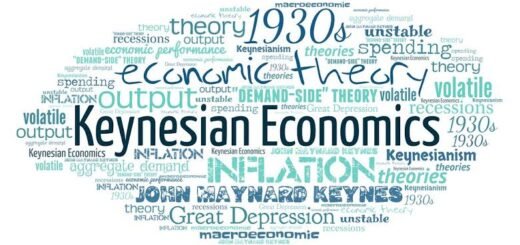Usefulness of Elasticity of Demand in Economic Theory and Practice This concept plays a significant role in economic theory and practice

1. Price Fixation under Imperfect Competition and Monopoly – The individual producer under imperfect competition has to consider the elasticity of the demand for his product when he fixes its price. Likewise, the monopolist has to study the elasticity of demand of his commodity before he fixes its price. If his product happens to have an
Inelastic demand the monopolist is a position to a high price for it. The monopolist can resort to price discrimination only if the elasticity of demand for his product is different in different markets.
2. Economic and Taxation Policies of Government -The government has to take into account the elasticity of demand for a product before imposing price control on it. Likewise, the Finance Minister has to keep in mind the elasticity of demand for a commodity before Imposing an excise duty on it.
3. Determination of Rewards for Factors of Production – If the demand for labour in a particular industry is relatively inelastic, it will be easier for the trade union to get their wages raised. The same remarks apply to other factors of production whose demands are relatively inelastic.
4. Determination of Terms of Trade-It is possible to calculate the terms of trade between two countries only by taking into account the mutual elasticity of demand for each other’s product. Terms of trade’ implies the rate at which unit of a domestic commodity will exchange for a number of units of a commodity of a foreign country.
5. Determination of the Rate of Foreign Exchange-Before deciding to devalue or revalue domestic currency in relation to a foreign currency the government has to study carefully the elasticities of demand for its Imports and exports.
6. Declaration of certain industries as ‘Public Utilities’ -An industry which is controlled by a private monopolist and the demand for whose products is inelastic is a clear case for being declared as public utility and being consequently owned and operate by the State.
7. Determination of the Prices of Joint Products The concept of Elasticity of Demand also proves helpful in fixing the prices of joint products. In the case of commodities jointly produced, it is not possible to find out their separate costs. Hence, the firm shall fix the prices of the joint products according to the nature of their demand-whether the demand is elastic or inelastic.
8. Determination of Wages of Labour – The concept also plays a useful role in determining the wages of a particular type of labour. If the for labour is inelastic the trade unions shall be able to get the wage of their members raised by exerting pressure on the employers.
Various Situations of Elasticity of
Demand
All definitions of elasticity of demand have analyzed only the responsiveness of demand to a given change in price, and thus alleviated the effect of a variation in the prices of other commodities or in the income of the consumer. In their opinion, demand is a function of price alone, and therefore, they have mostly concerned themselves with the ‘price’ elasticity of demand only. But in the modern analysis of the consumer behavior, however, the elasticities of demand are considered important at view of different situations and may be termed as:
1.Price Elasticity of Demand.
2.Flasticity of Demand.


